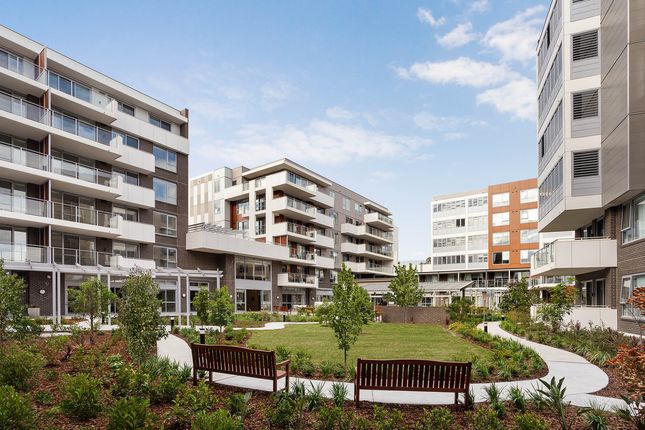Australian retirement village purchasers are enjoying far greater buying power thanks to the nation’s surging house market, a new report has found.
The Property Council of Australia last week released its Retirement Living Census, based on data for the year ending June 2021. The report gives an overview of the key trends in Australia’s retirement village industry.
Across Australia in 2020-21, the Retirement Living Census found purchasers could buy an average two bedroom retirement living unit using just 55 per cent of the value of the median house price in the surrounding locality. This compared to a less favourable price differential of 67 per cent in 2019-20.
This change came about because the median Australian house price surged by 15.6 per cent in 2020-21, compared to an average increase of just 4.5 per cent for a two bedroom retirement village unit in the same period.
Overall, the census report has found consumers are getting more bang for their buck, enabling them to sell their existing house and buy larger or better located or detailed retirement village dwellings, or put more money into their super after the purchase.
Sydney purchasers are in the strongest position, with the average two bedroom retirement living unit sale in 2020-21 valued at just 35 per cent of the median house price in the surrounding locality. This compares to a figure of 48 per cent in 2019-20.
Consumers in South Australia have the least buying power, with the price differential being 67 per cent in Adelaide and 83 per cent in regional areas.
Other key findings from the Census are that:
- COVID-19 has been good for the retirement village industry, with 39 per cent of villages reporting that the number of sales has increased since the pandemic’s onset, compared to 23 per cent reporting less sales
- In line with this increased demand, village occupancy rates increased from 87 per cent in 2019-20 to 90 per cent in 2020-21
- Retirement living operators are ramping up supply, with the five-year forecast of new village dwellings increasing from 8,500 in 2019-20 to 10,500 in 2020-21 - a record amount for the Retirement Living Census
- The increased linkage between retirement villages and care services is continuing, with around 40 per cent of new retirement villages now co-located with an aged care facility, compared to 28 per cent of existing villages
- There is a continuing move towards apartment-style villages, with 41 per cent of new villages in 2020-21 being classed as ‘vertical’ in nature, compared to 33 per cent in 2020
- There has been a move towards consumers signing contracts where they don’t receive a share of any capital gains upon the dwelling’s sale
PwC partner Tony Massaro, who prepared the census for the Property Council of Australia, said it was clear that COVID-19 had been good for the retirement living industry, with increased occupancy rates and more development activity.
“Families have seen how loved ones in retirement villages were looked after by managers who treated them like a surrogate son or daughter,” he said. “Given this, we’ve had more couples moving into the villages.”
DOWNSIZING.COM.AU EDITOR MARK SKELSEY SPEAKS TO PwC'S TONY MASSARO ABOUT THE RETIREMENT LIVING CENSUS
Retirement Living Council Executive Director Ben Myers said the census contained positive news for the retirement living industry.
“Posting such incredibly strong data in the second year of the COVID-19 pandemic, at a time when there have been lots of operational challenges as well as ongoing legislative change is remarkable,” he said.
“The trends are clear. Retirement living is affordable, safe, secure and geared to support a healthy ageing process.”.
Comment for our CEO

Downsizing CEO Amanda Graham said: “It’s not surprising to see that retirement community living has become more popular during COVID, as people seek to escape the social isolation of living in a house in the suburbs on their own.
“People are continuing to live longer, more active and healthier lives, and there’s never been a better time to downsize to a community.
“In addition to the lifestyle benefits, the value proposition is underpinned by a strong residential housing market, which has risen more than the price of community based housing stock, and decreased monthly service fees, as well as the availability of more flexible financial arrangements.
“The strength of consumer demand for retirement communities is reflected in reduced vacancies, shortening of time taken to sell, and operators have responded with a doubling of the new development pipeline."
A Retirement Living Census snapshot report is available here


